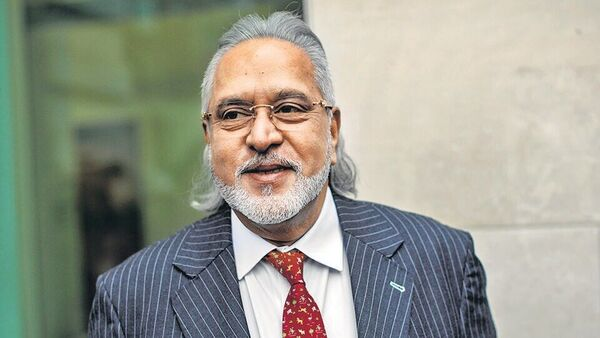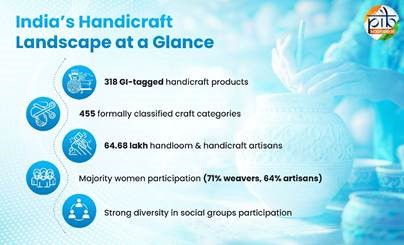



Different types of direct taxes are:
|
Direct Tax |
Indirect Tax |
|
Direct tax is paid directly by liable person or organization to the government.
|
Indirect tax is paid indirectly to government. Imposed on income or profits. Imposed on goods and services.
|
|
The burden to pay the tax directly falls on the individual.
|
The burden is shifted to the consumer by the manufacturer or service provider.
|
|
Direct taxes are levied based on the paying capacity of the individual.
|
Indirect Tax does not look at the consumer’s ability to pay but is the same for everyone who buys the goods or services.
|
|
Direct taxes can be evaded if there is an absence of proper collection administration.
|
Indirect taxes cannot be escaped from as they are charged automatically on goods and services.
|
|
Direct taxation is example of progressive taxation method.
|
Indirect taxes is example of regressive taxation method.
|
|
Income Tax, Wealth Tax, Corporate Tax etc. are the examples of direct taxes.
|
GST (Goods and Services Tax), Sales Tax etc. are the examples of indirect taxes.
|







© 2025 iasgyan. All right reserved